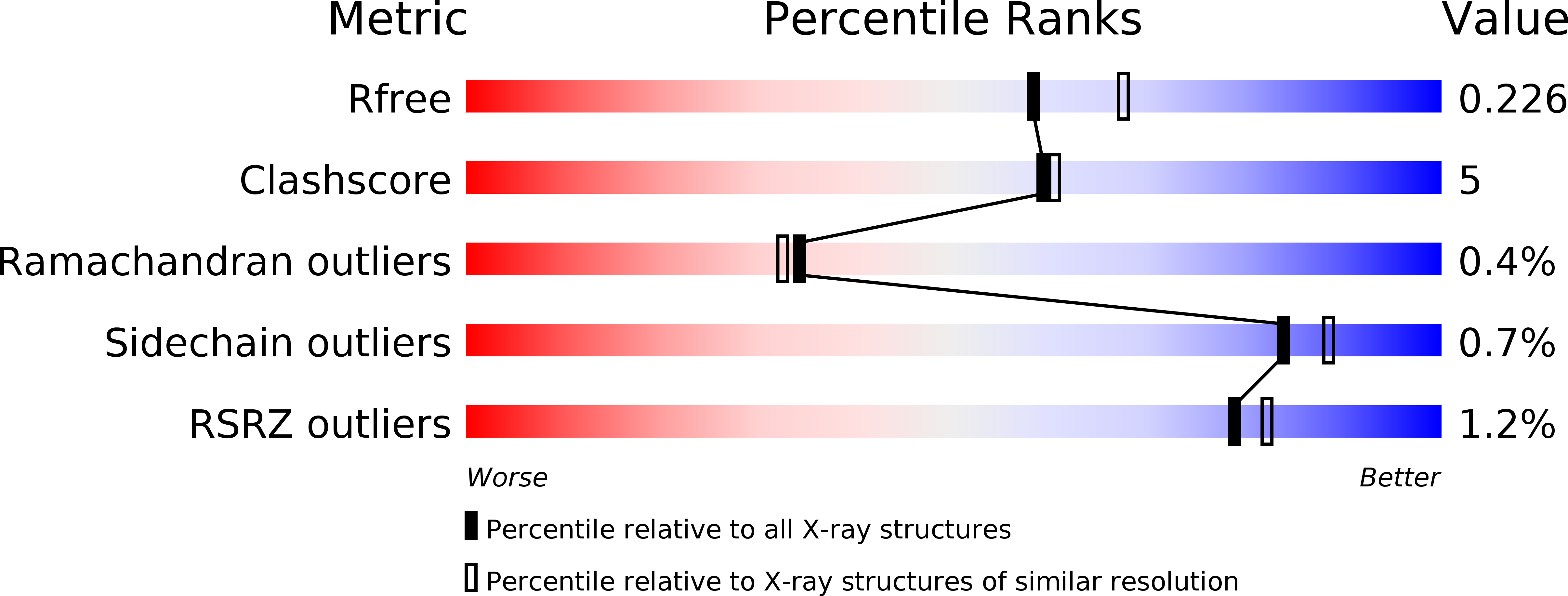
Deposition Date
2014-05-23
Release Date
2014-07-30
Last Version Date
2023-11-08
Entry Detail
PDB ID:
4QGK
Keywords:
Title:
Structure of the Human Sjogren Larsson Syndrome enzyme fatty aldehyde dehydrogenase (FALDH)
Biological Source:
Source Organism:
Homo sapiens (Taxon ID: 9606)
Host Organism:
Method Details:
Experimental Method:
Resolution:
2.10 Å
R-Value Free:
0.22
R-Value Work:
0.19
R-Value Observed:
0.19
Space Group:
P 21 21 21


